
Picpoul
Make 2026 THE year.
Take 10% OFF your first 12 months of Tasting Group!
Code:
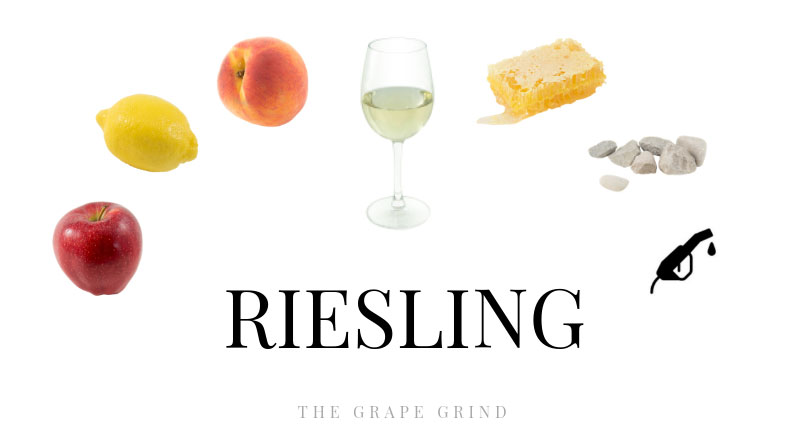
Riesling is a light-bodied, high acid, white wine that pairs perfectly with all kinds of food! This grape has a reputation for being a sweet wine, but there are many dry styles from all over the world. There is truly a style for every palate!
A few more notes on Riesling:
The following guide will illustrate what Riesling tastes like (aroma, flavor, and structure). It will also tell you where it’s from, provide you with common food recommendations, similar varieties, and let you know why you should be drinking more of it!
There are SO many styles of Riesling, from lusciously sweet to bone dry!
Riesling pairs with many different foods! It pairs with fried and salty foods because of its high acidity and it pairs with spicy foods because of its subtle sweetness.
Riesling best reflects the land it is grown on. Many will tell you that they can taste the land (“terroir”) in this variety more so than others! Often you will hear people say that Riesling tastes like ‘wet rock’.
STANDARD TASTING NOTES: These are your benchmark exam-style tasting notes.


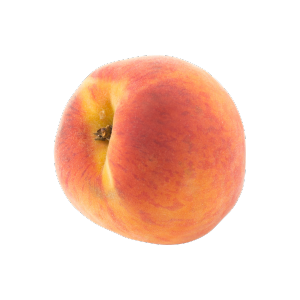
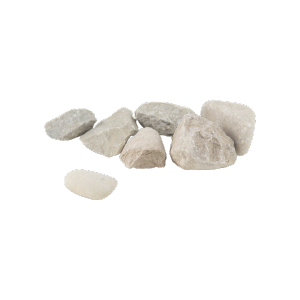

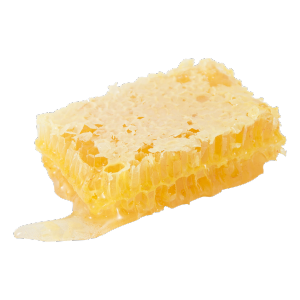
ALTERNATIVE TASTING NOTES: Notes based on personal experience; fun, memorable, and less “by the book.”

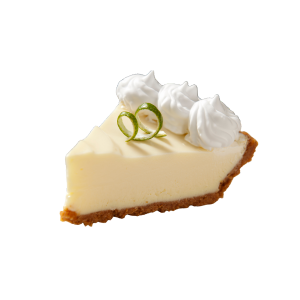




Remember, wine tastes are somewhat relative. There may be some different tasting notes you consistently find while drinking Riesling.
There is no “one size fits all” when it comes to structure for every grape, however, there IS a general range when it comes to body, acid, alcohol, and tannin for each. Below are general guidelines for classic representations. Growing conditions and winemaking techniques can impact each of the following.
Think of that weight as a liquid scale, from water (light body) to heavy cream (full body) in your mouth. Riesling is typically more lightweight!

You can judge acidity based on whether your mouth waters after you take a sip of something. The more you salivate, the higher the acid. Riesling is typically “screaming” with acid and will make you salivate for more!

You can feel alcohol ‘burn’ the back of your throat when you take a sip. Riesling is known for low alcohol, but it can be higher in warmer regions.


Primarily in Mosel, Rheingau, Rheinhessen, and Pfalz
Germany is the birthplace of Rielsing! (Around 1435)
Quality Riesling grapes are grown on steep, south facing slopes. Wines here are known for their mineral quality that comes from slate in the soil.
Here you will find Riesling that ranges from dry to sweet. Riesling from the Mosel region is said to be some of the best in the world!
You can also find wonderful Riesling from France (Alsace), The US, Austria, Australia, and South Africa.
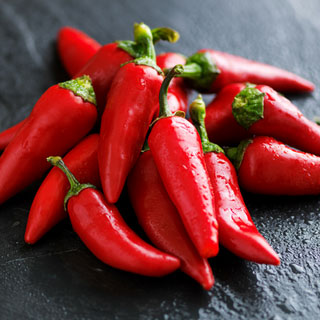
The sweet quality will tame the spice. Sweet + spicy = fresh and lively (think sweet chili sauce).
Also, the lower alcohol causes less burn.

The higher acid in Riesling cuts through the oil in fried foods.
Sometimes Riesling has a slight effervescence or bubbly nature that cleanses the palate after eating something rich.
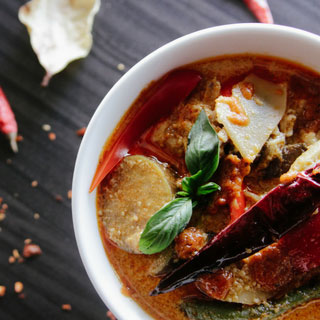
The high acid in Riesling cuts through the cream in most Indian dishes, while the sweet quality tames the spice.
Riesling is a delicate wine that won’t overpower dishes with big complex flavors.
(common confusions)

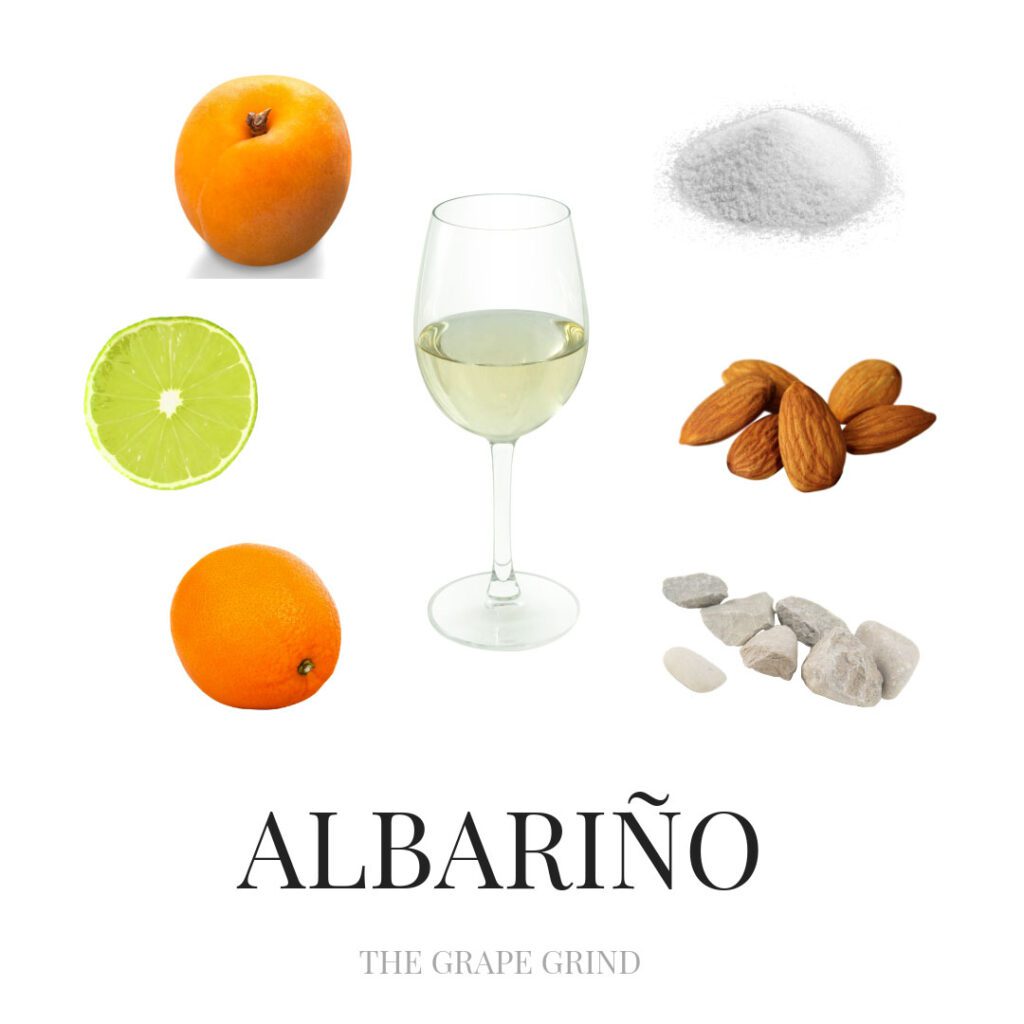

↑ Wine.com is an affiliate partner. We earn a small referral commission at no extra cost to you!. I will never recommend anything that isn’t valuable or useful in my wine study journey, or something I have no experience with. I hope these products/resources are equally helpful in your wine journey.
No matter your current skill level, we can help you improve – pass that exam, share your wine knowledge with others, guide your buyers, enhance your guests’ experience, and show up with confidence and credibility as a wine professional!
Feeling overwhelmed by everything there is to study in wine?
Struggling to stay consistent with tasting, or make it feel purposeful?
Craving connection with others who get what you’re working toward?
Let’s make studying wine less overwhelming, more consistent, and fully enjoyable!
Enter your email below to join our wine newsletter, where we share expert tips, study tools, tasting insights, and updates to support you on your wine journey!
By submitting, you are consenting to receive marketing emails from The Grape Grind. You can unsubscribe at any time.
Want to get better at tasting wine?